


TIP: Changing Colors in Palette Trays
March 7, 2013


Q&A: Lisa Rydin Erickson
May 21, 2013I recently met Krista Svalbonas at a conference in New York City. Krista uses PanPastel in many of her installations. She is using the colors in a unique and exciting way – in combination with encaustics – where the color extends beyond the panels onto the wall itself. I wanted to find out more about her work and process so I invited her to take part in our artist Q&A series.
Tell us about your background as an artist.
From a very young age, I was always experimenting with some kind of art media. My parents encouraged and supported my curiosity with the arts, allowing me to try my hand at sculpting, painting, drawing and photography. I grew up with art all over the house. If it wasn’t my mothers drawings I was looking at it was was step fathers paintings and pottery. I had, and still have, a thirst to learn and try new things. All through my education I was an alchemist, combining media and devising experiments. I received a BFA in Photography and Design and an MFA in a hybrid program of Photography, Video and Design. When I left my Masters program I was an installation artist working in all sorts of media: resin, dirt, sound, video, rubber and photography. Recently, I’ve been working with encaustic and pastel.
Describe your work.
I am an abstract geometric artist working with encaustic and installation. My work explores the urban landscape. I have been creating site specific installations, taking into account the physical architecture of the gallery/site and incorporating it into the dialogue of environment and space. The installations incorporate panel paintings made of wax and pastel with large scale pastel wall drawings.
“Penumbra installation” Gravy Gallery and Studio (Philadelphia, PA) – Krista Svalbonas
Describe the space/studio where you normally create and tell us about your creative process.
At this moment, my workspace is the living room of my apartment. I have a wooden table with drawers that I use as my main painting table. Another fold out table that houses paintings in progress and a rotating easel that also holds in progress work.
I work on as little as three pieces at a time and as many as six at a time ( depending on size). My creative process begins with documentation. I travel in both Jersey City and New York documenting the urban architecture with a Fuji Polaroid camera. I then take these images to the studio and start sketching. A friend of mine gave me a graph paper sketchbook that I use obsessively now. It’s fabulous! I then translate certain sketches to the panel surface with wax and pastel. From there finished paintings are photographed and then used in digital renderings for the wall drawings. Each space is site specific so it’s often necessary for me to visit the space before hand or at least have some kind of photo documentation of the site.
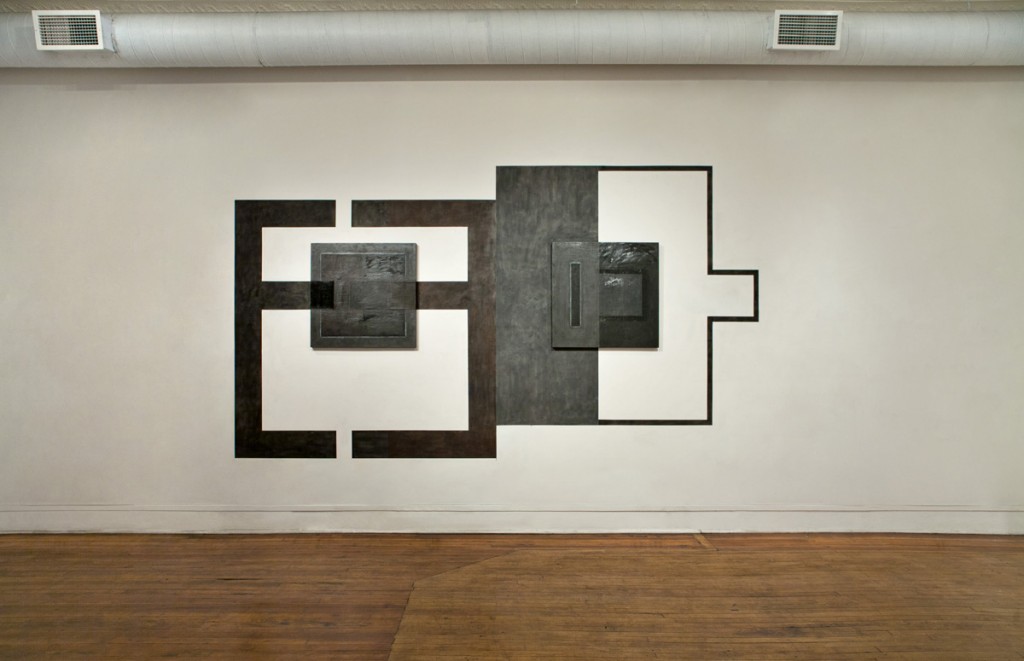

How do you incorporate PanPastel colors in your work?
I am using PanPastel both in my wax paintings as well as the wall drawings. Much of the tints and colors in my panel pieces come from PanPastel.
When did you first begin using PanPastel Colors?
I started using PanPastel not long after I picked up encaustic.
Are you doing things creatively with PanPastel that you were not doing before?
I tried several mediums on the wall with my installations including other pastels but nothing else really gave me the surface I was looking for. I’m definitely using PanPastel in an unconventional way but the journey has been very exciting.
“Towards a Phenomenology of Space” AFA Gallery – Krista Svalbonas
Are you combining PanPastel with other media?
Currently with encaustic. PanPastel allows me to create subtle washes of color when using it with encaustic. What I like most about the combining each media is the ability to inhibit and allow surface striations in color. I can create very flat surfaces and at the same time create surfaces with texture and depth.
What surface(s) do you normally use with PanPastel?
Other then the varied wall surfaces I have been working on, my main surface is encaustic.
What do you see as the main benefits of using PanPastel in your work?
Working with PanPastel both on and off the panel has had a variety of benefits for me. First using it with encaustic allows me to create subtle washes of color on a surface and incorporate hints of texture and line within the paintings. On the wall, PanPastel allows me to create transitions between the paintings and the wall surface in a very gentle way.
“Towards a Phenomenology of Space” AFA Gallery – Krista Svalbonas
Do you have any tips/techniques to share with other artists who are using PanPastel?
Don’t be afraid to experiment! You’ll be surprised with what you can do. If you are using PanPastel Colors with encaustic be sure to very lightly fuse after applying and to make sure to cover each pastel layer with encaustic medium. Watch that the medium isn’t too hot as it will shift the pastel when you apply it.
Who / what are your creative inspirations?
My work is a study of the urban landscape. An inquiry into the phenomenology of space. A reaction to and a discourse of the modern urban landscape, it’s psychology and physical presence. The installations I have been creating are site specific, they are meant to discuss the relationship of inside and outside space. I take into account the physical architecture of the gallery and incorporate it into the dialogue of environment and space.
“Towards a Phenomenology of Space” AFA Gallery – Krista Svalbonas
What excites you most about your life as an artist?
I have two things that excite me equally as much. One, is the ability to make an emotional connection with my audience. Having someone feel a kinship to my work is a very exciting reward. Second, is to see my installations at their final stage. There are many layers to creating my installations and the process is often long and tiring. When the work is at last complete and I am able to step back and view the it as a whole, that moment, is a very exciting thing.
What’s the most valuable lesson you have learnt on your journey as an artist?
Take risks and be generous. Don’t be afraid to push your work and yourself to new unexpected places. Be generous and share your work, your journey and creativity with others. Building an artist community has many rewards.
What are your artistic (and other) goals for the future?
Right now, I’m looking for residencies abroad as well as grant funding. I’d like to be able to tackle some ambitious projects in the near future and have the opportunity to broaden my work and my audience internationally.
When you are not working on your artwork, what other interests do you have?
When not in the studio I am usually teaching. I’ve taught at a number of colleges on the east coast. Teaching has its own sense of community and demands. I do enjoy it very much and have had some really wonderful students, some of whom have become steadfast friends and amazingly talented individuals. Seeing my students succeed has been a wonderful gift and has brought me the greatest sense of joy. I have had some very influential teachers in my day, that I believe have taken a great sense of pride in my successes, I certainly hope that I am returning that care and inspiration to my students.


“Substance and Shadow” Monterey Peninsula Gallery – Krista Svalbonas
Any upcoming events, shows, or projects you’d like to tell us about?
I have a solo show scheduled for September at the Dairy Center for the Arts in Colorado and I was recently awarded a New Arts Program residency and solo exhibition that is scheduled for January 2014.
Note: Krista’s work can currently be seen in “Mapping Time: A Collaborative Installation by Lisa Pressman and Krista Svalbonas” at The Firehouse Gallery in Orange, NJ until April 28th.
To see more of Krista’s work visit: www.kristasvalbonas.net
Krista’s blog: www.kristastudios.posterous.com

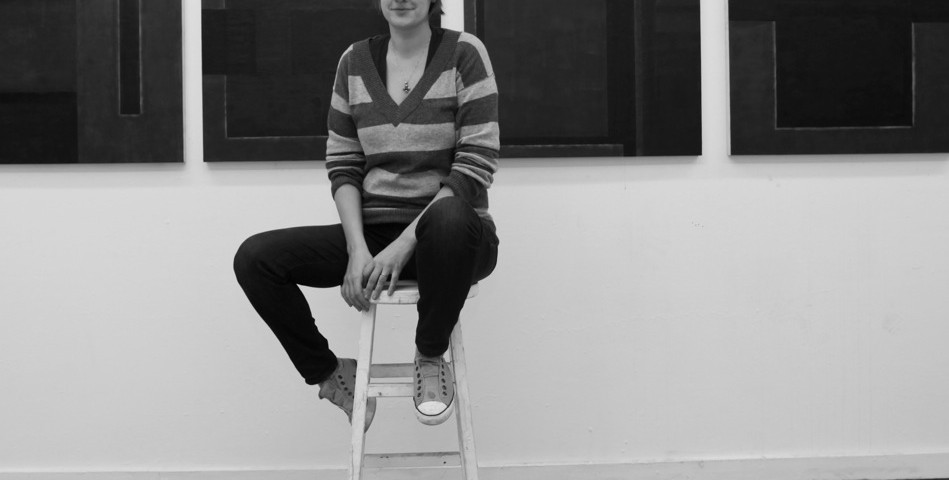

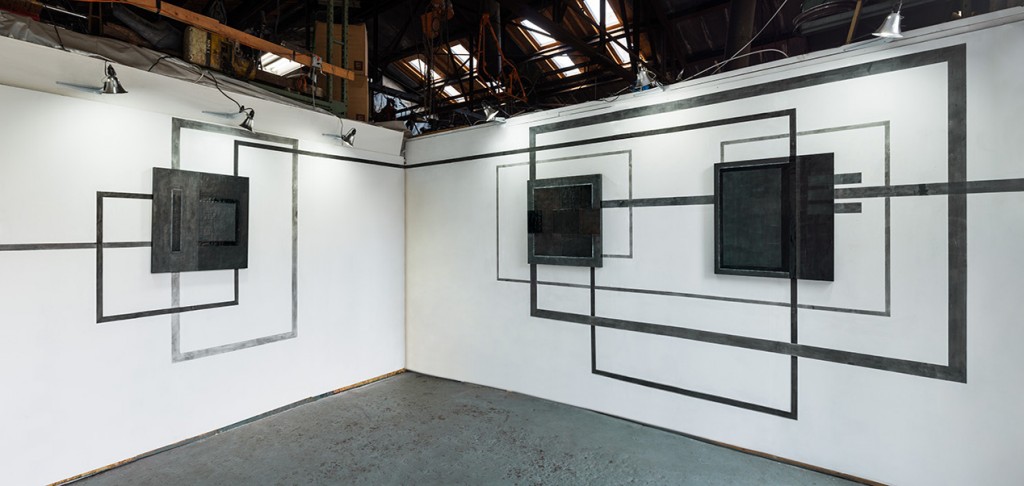
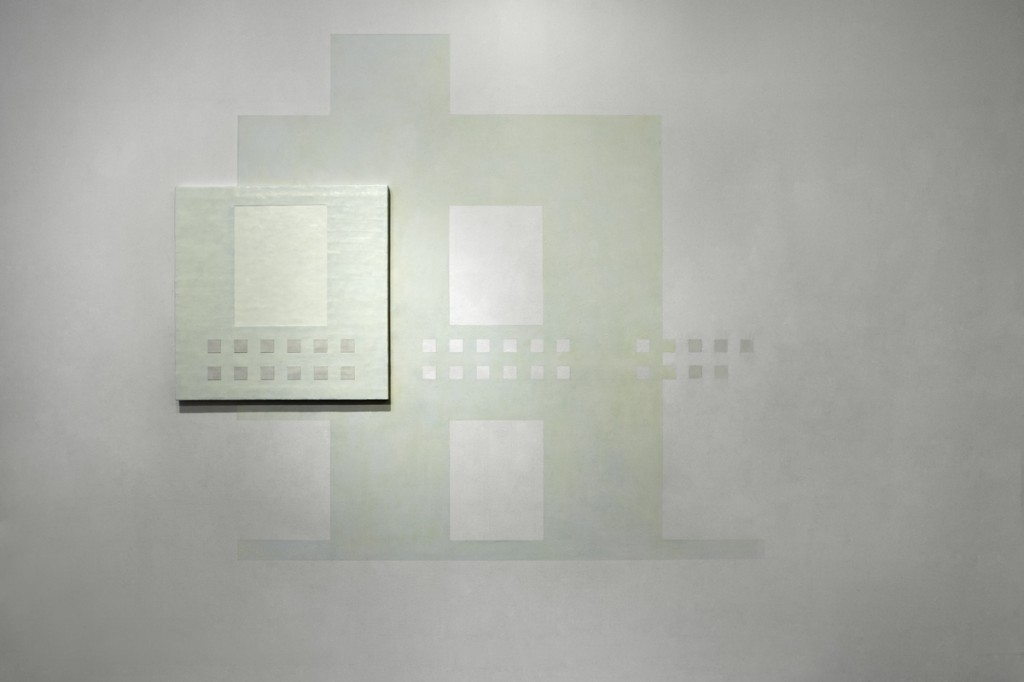
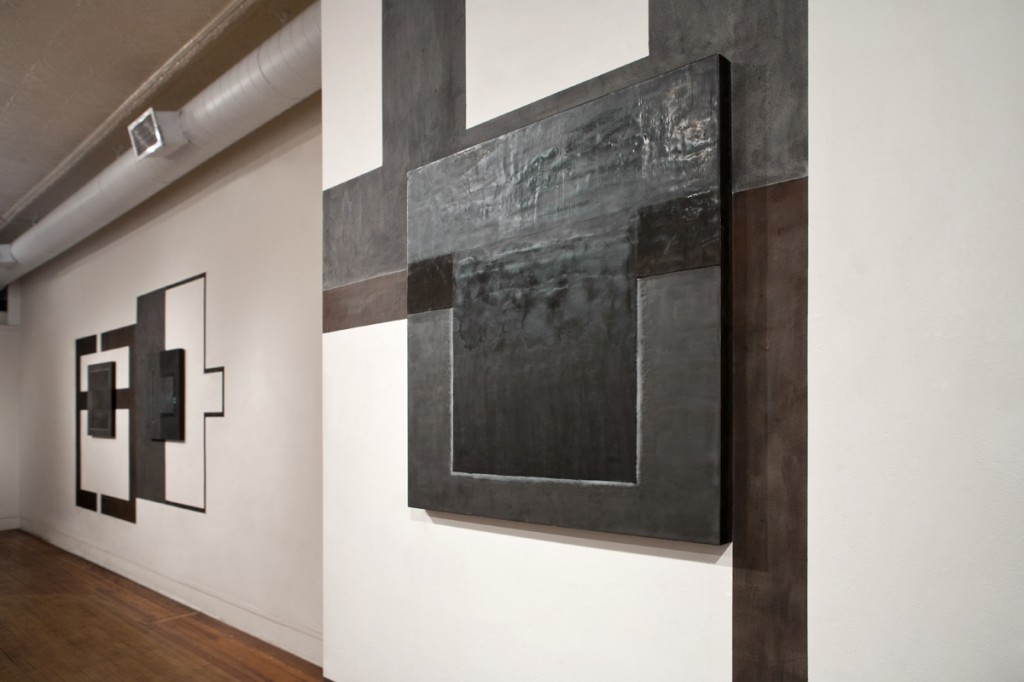
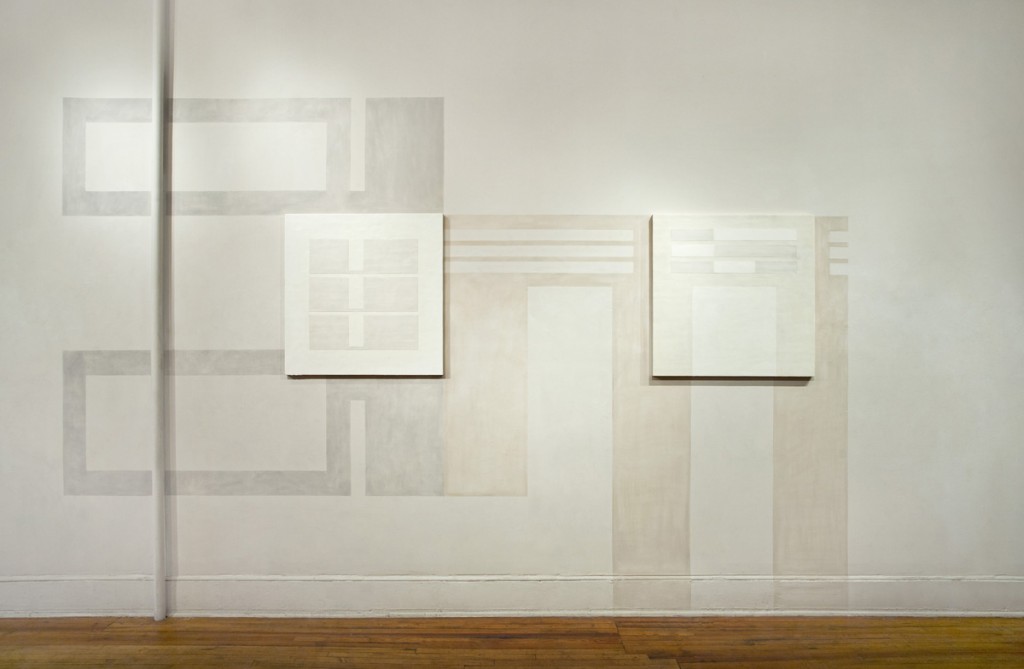
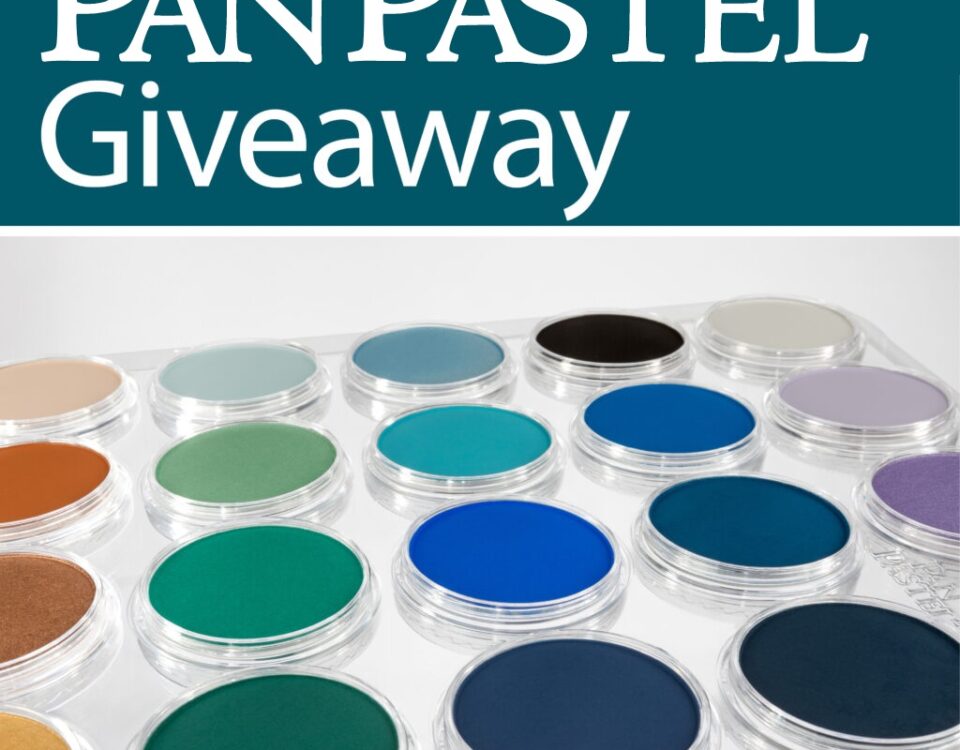
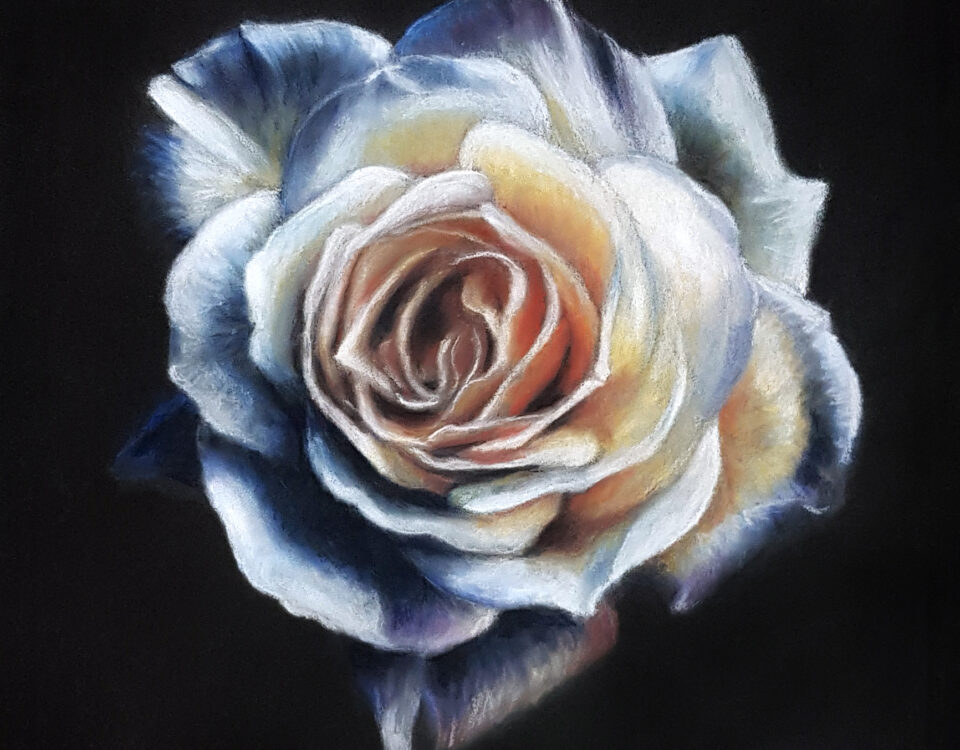
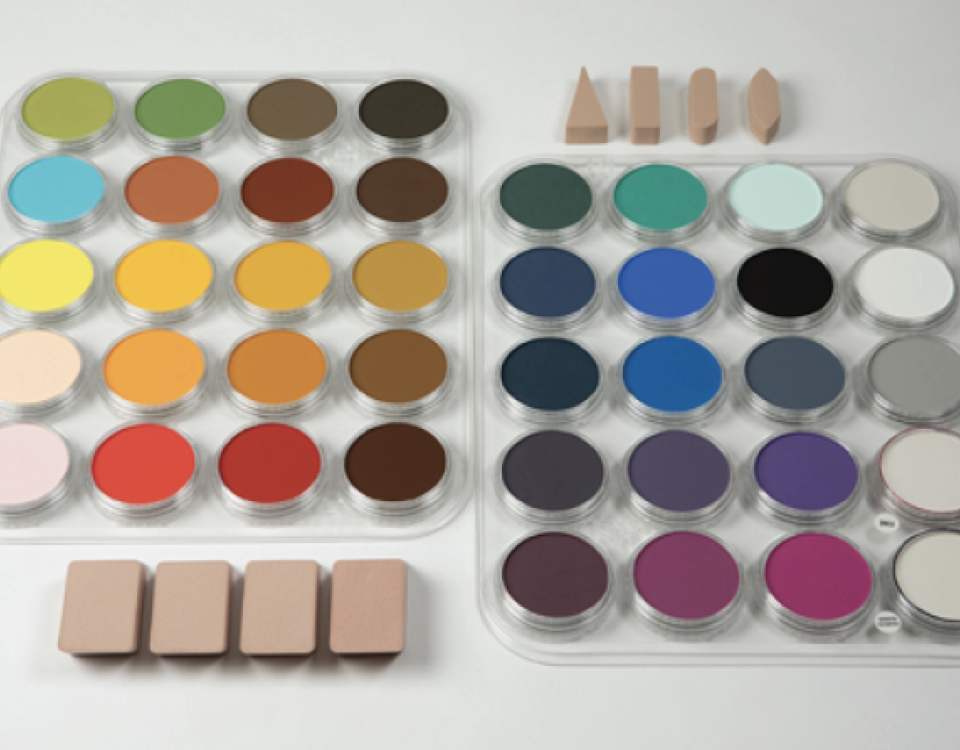
1 Comment
[…] artist Krista Svalbonas was recently featured in an Artist’s Q&A on this blog, she uses PanPastel as an important part of her installations. She has just posted […]